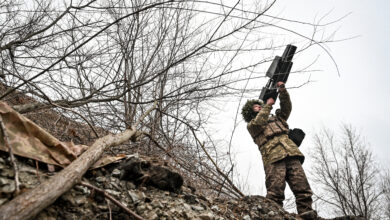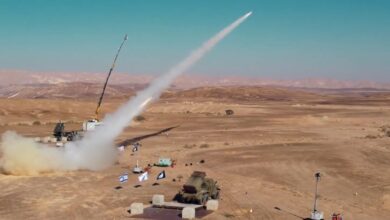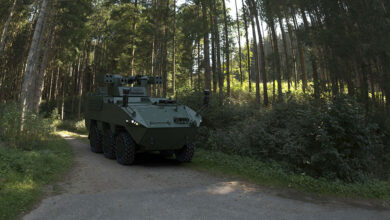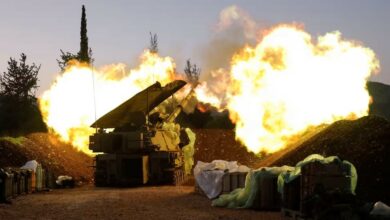Israel’s David’s Sling Air Defense System Makes First Operational Intercept
Israel’s David’s Sling air and missile defense system intercepted a rocket fired from the Gaza Strip on Wednesday afternoon.
It was the system’s first operational intercept since its induction in 2017.
The @IDF carried out the David's Sling Aerial Defense System's 1st operational interception today. The system provides protection against medium range ballistic threats: airborne, UAV and cruise missiles and was jointly developed by the DDR&D's IMDO & the MDA.@Mafat_IL pic.twitter.com/gioXSgCuHw
— Ministry of Defense (@Israel_MOD) May 10, 2023
The rocket was one of three fired at Tel Aviv as Islamic Jihad launched a barrage of projectiles toward Israel in response to an Israeli forces raid a day before, The Times of Israel wrote.
The remaining two fell in open areas, including the sea.
The Palestinians fired at least 286 rockets at Israel on Wednesday, with over 60 neutralized by Iron Dome.
Three fell in inhabited areas while the rest fell short in Gaza or landed in uninhabited spaces.
Initial Failure
Co-developed by Rafael and Raytheon, the system saw its first operational use in 2018 when it failed to intercept missiles fired from Syria, according to The Times of Israel.
The Israel Defense Forces stated that the failure was for technical reasons, refusing to provide further details due to security concerns. It added that lessons learned from the incident would be implemented within the system.
Two years later, the service tested a new version of the system against ballistic and cruise missiles.
Medium-Range System
The medium-range system is crucial to Israel’s multi-layered air and missile defense architecture comprising Arrow-2 and 3, Iron Dome, and Iron Beam.
The system can intercept tactical ballistic missiles, medium to long-range rockets, aircraft, drones, and cruise missiles, including Scud missiles ranging between 40 to 300 kilometers (25 to 185 miles).
David’s Sling comprises a vertical missile firing unit, an ELM-2084 fire control radar, a battle management station, and the Stunner interceptor.
The three-pulse Stunner missile has no warhead, defeating a target by sheer force of impact. Its first two pulses accelerate the missile on its initial trajectory, while the third gives it maneuver and increases speed before interception.
The weapon uses sensors, control systems, and an active electronically scanned array, multi-mission radar for targeting and guidance.












